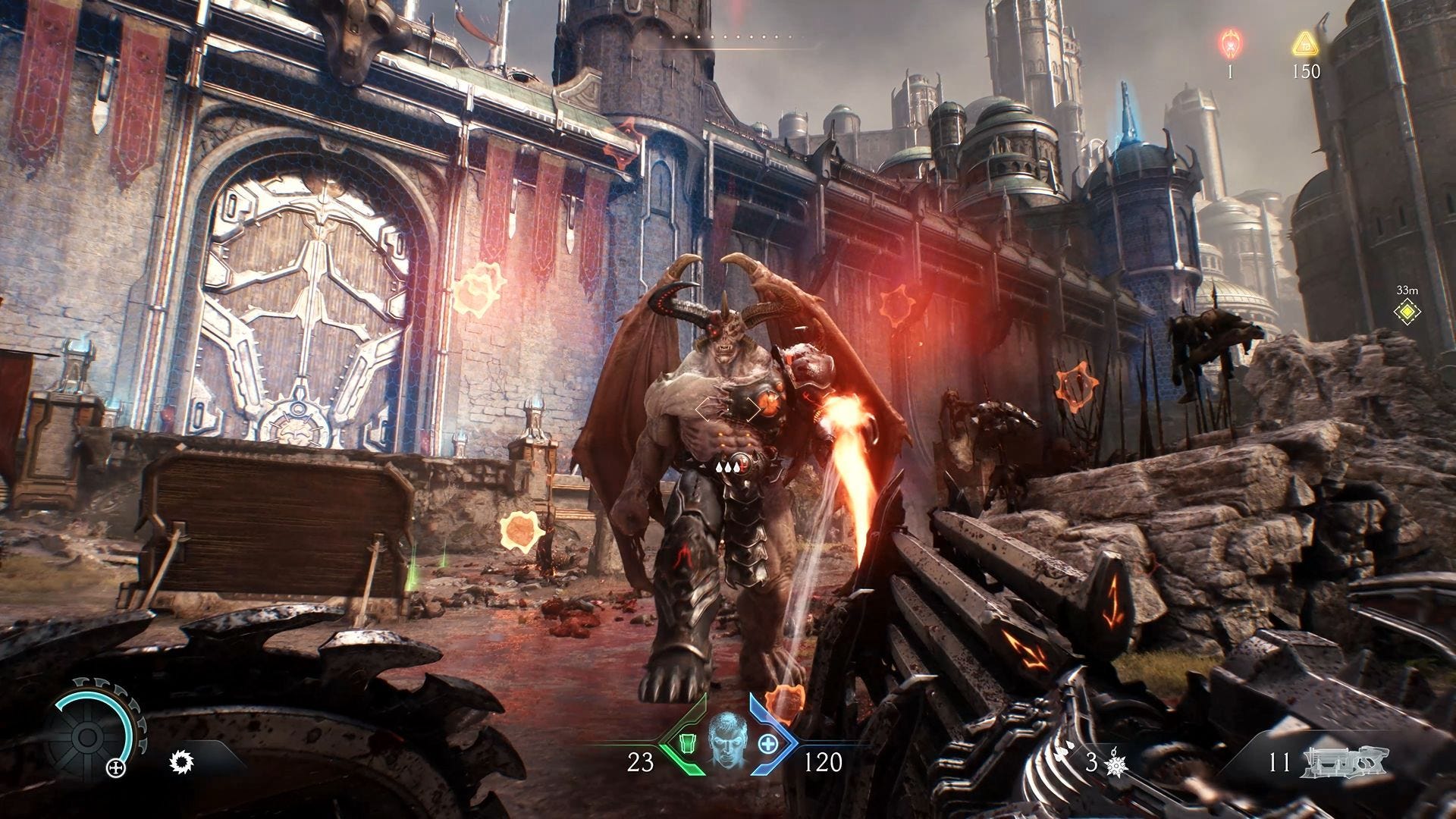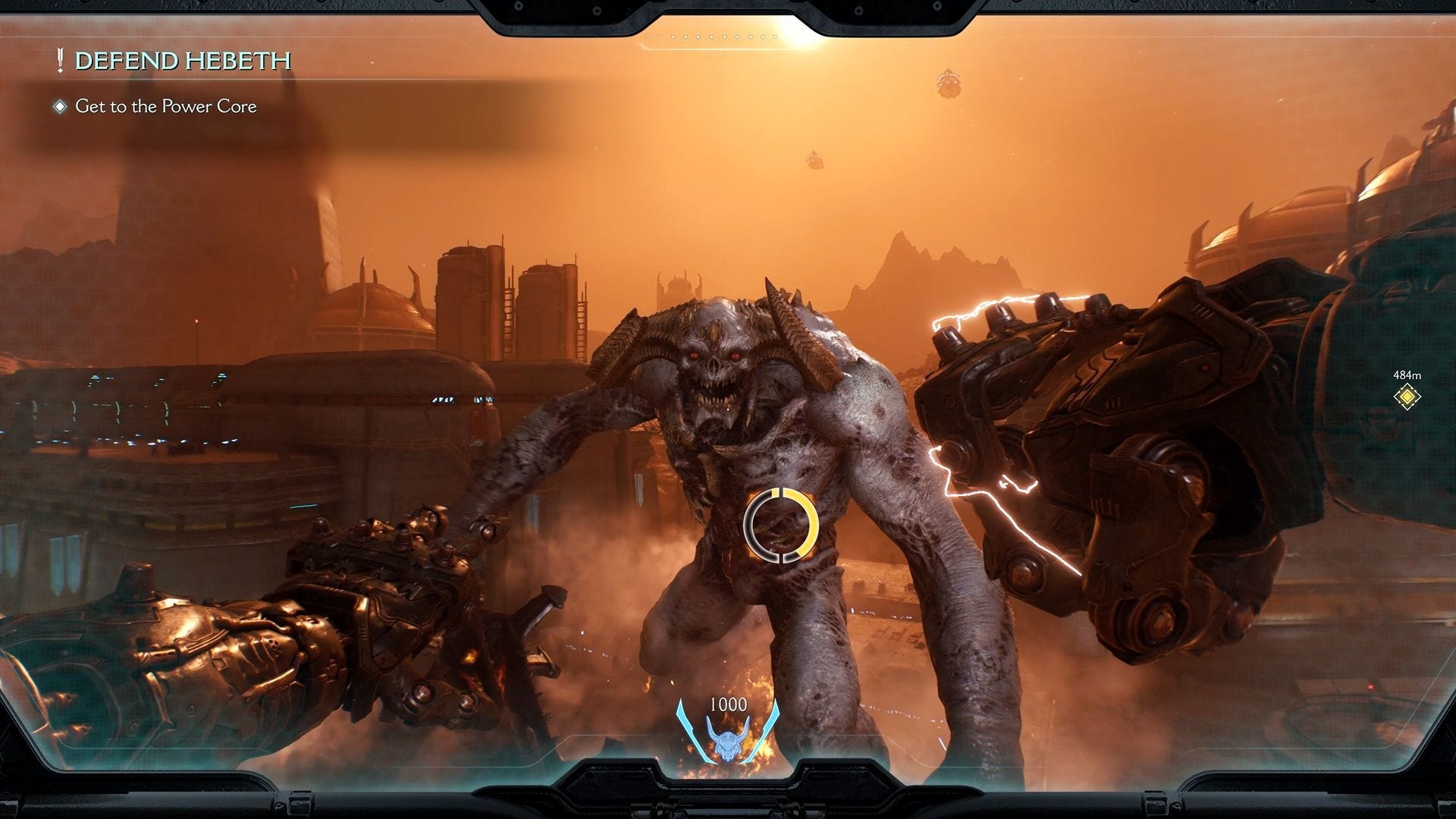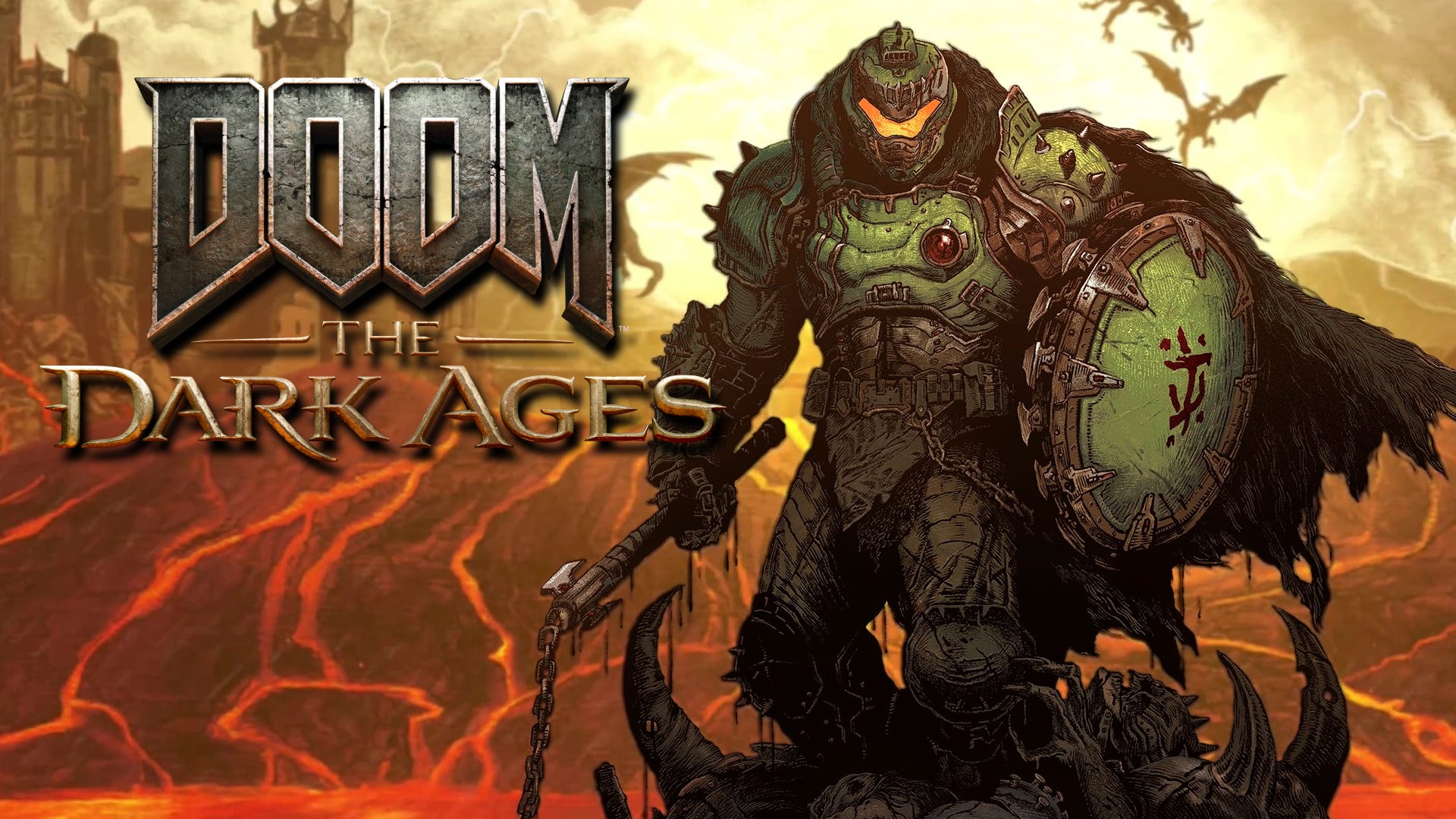Generative AI - A Beginner’s Guide with AWS
Introduction Generative AI is reshaping how businesses and individuals create digital content. Generative AI can create new content, including text, images, music, and even code. With AWS providing a comprehensive suite of AI-powered tools, users can easily build, deploy, and scale Generative AI solutions. Whether you're a developer, business owner, or AI enthusiast, AWS makes it easier than ever to tap into the power of Generative AI. In this guide, we'll explore the fundamentals of Generative AI and how AWS empowers users to harness its potential. Understanding Generative AI Generative AI refers to models that can generate new data based on patterns learned from existing datasets. These models use deep learning techniques such as Generative Adversarial Networks (GANs) and Transformers to produce high-quality outputs. Some common applications of Generative AI include: Text Generation: Chatbots, content creation, summarization Image Generation: AI-generated art, design, deepfake technology Code Generation: AI-assisted programming Music Composition: Creating original musical pieces How AWS Supports Generative AI AWS offers a range of AI and machine learning services that simplify the development and deployment of Generative AI models. Some of the key AWS services include: 1. Amazon Bedrock Amazon Bedrock is a fully managed service that allows users to build and scale Generative AI applications using foundation models (FMs). It provides access to pre-trained AI models from leading providers, enabling quick integration into business workflows. 2. Amazon SageMaker AWS SageMaker provides a comprehensive environment for training, deploying, and fine-tuning machine learning models. Developers can use SageMaker to create custom Generative AI applications while leveraging AWS’s scalable infrastructure. 3. AWS Lambda & API Gateway For serverless AI applications, AWS Lambda can run AI model inference without managing infrastructure, while API Gateway allows seamless integration with web and mobile applications. 4. AWS CodeWhisperer This AI-powered tool helps developers by suggesting code completions and snippets, making programming more efficient. One of the most common and easy use case for Gen AI is Building a Chatbot with AWS Use Case: Building a Chatbot with AWS A simple example of Generative AI in action is creating an AI-powered chatbot using Amazon Bedrock. Steps to Build a Chatbot with AWS Step 1: Choose a Foundation Model in Amazon Bedrock Navigate to the AWS Console and access Amazon Bedrock. Select a Foundation Model (FM) such as Amazon, Meta, or any of your choice. Request access to particular model before using it. Configure the model with necessary parameters for chatbot responses. Step 2: Integrate with AWS Lambda for Real-time Responses Create an AWS Lambda function in the AWS Management Console. Write a function in Python to process chatbot requests and interact with the selected Foundation Model. Step 3: Deploy via API Gateway for Web or Mobile Access Set up an API Gateway to expose your Lambda function as a REST API. Configure methods (GET/POST) to receive user input and send chatbot responses. Deploy the API and obtain the endpoint URL for integration with web or mobile applications. Step 4: Integrate with Frontend (Optional) Create a simple frontend using React, Vue.js, or Angular to connect with your chatbot API. Use WebSockets or Polling for real-time interactions. Enhance the UI with interactive chat features. Enhancement to Chatbot: You can use Amazon Bedrock Knowledge Bases to provide contextual information from your various private data-sources so that the chat-bot can deliver more relevant and customized responses as per your need. My Next Blog: I will provide details steps with screen shot about how to create Chat bot using Amazon Bedrock with Knowledge bases and private documents from S3 bucket. Then how to expose API integrating the chat bot so it can be integrated with front-end or mobile application calling the API.

Introduction
Generative AI is reshaping how businesses and individuals create digital content. Generative AI can create new content, including text, images, music, and even code. With AWS providing a comprehensive suite of AI-powered tools, users can easily build, deploy, and scale Generative AI solutions. Whether you're a developer, business owner, or AI enthusiast, AWS makes it easier than ever to tap into the power of Generative AI.
In this guide, we'll explore the fundamentals of Generative AI and how AWS empowers users to harness its potential.
Understanding Generative AI
Generative AI refers to models that can generate new data based on patterns learned from existing datasets. These models use deep learning techniques such as Generative Adversarial Networks (GANs) and Transformers to produce high-quality outputs.
Some common applications of Generative AI include:
- Text Generation: Chatbots, content creation, summarization
- Image Generation: AI-generated art, design, deepfake technology
- Code Generation: AI-assisted programming
- Music Composition: Creating original musical pieces
How AWS Supports Generative AI
AWS offers a range of AI and machine learning services that simplify the development and deployment of Generative AI models. Some of the key AWS services include:
1. Amazon Bedrock
Amazon Bedrock is a fully managed service that allows users to build and scale Generative AI applications using foundation models (FMs). It provides access to pre-trained AI models from leading providers, enabling quick integration into business workflows.
2. Amazon SageMaker
AWS SageMaker provides a comprehensive environment for training, deploying, and fine-tuning machine learning models. Developers can use SageMaker to create custom Generative AI applications while leveraging AWS’s scalable infrastructure.
3. AWS Lambda & API Gateway
For serverless AI applications, AWS Lambda can run AI model inference without managing infrastructure, while API Gateway allows seamless integration with web and mobile applications.
4. AWS CodeWhisperer
This AI-powered tool helps developers by suggesting code completions and snippets, making programming more efficient.
One of the most common and easy use case for Gen AI is Building a Chatbot with AWS
Use Case: Building a Chatbot with AWS
A simple example of Generative AI in action is creating an AI-powered chatbot using Amazon Bedrock.
Steps to Build a Chatbot with AWS
Step 1: Choose a Foundation Model in Amazon Bedrock
- Navigate to the AWS Console and access Amazon Bedrock.
- Select a Foundation Model (FM) such as Amazon, Meta, or any of your choice. Request access to particular model before using it.
- Configure the model with necessary parameters for chatbot responses.
Step 2: Integrate with AWS Lambda for Real-time Responses
- Create an AWS Lambda function in the AWS Management Console.
- Write a function in Python to process chatbot requests and interact with the selected Foundation Model.
Step 3: Deploy via API Gateway for Web or Mobile Access
- Set up an API Gateway to expose your Lambda function as a REST API.
- Configure methods (GET/POST) to receive user input and send chatbot responses.
- Deploy the API and obtain the endpoint URL for integration with web or mobile applications.
Step 4: Integrate with Frontend (Optional)
- Create a simple frontend using React, Vue.js, or Angular to connect with your chatbot API.
- Use WebSockets or Polling for real-time interactions.
- Enhance the UI with interactive chat features.
Enhancement to Chatbot:
You can use Amazon Bedrock Knowledge Bases to provide contextual information from your various private data-sources so that the chat-bot can deliver more relevant and customized responses as per your need.
My Next Blog:
I will provide details steps with screen shot about how to create Chat bot using Amazon Bedrock with Knowledge bases and private documents from S3 bucket. Then how to expose API integrating the chat bot so it can be integrated with front-end or mobile application calling the API.




























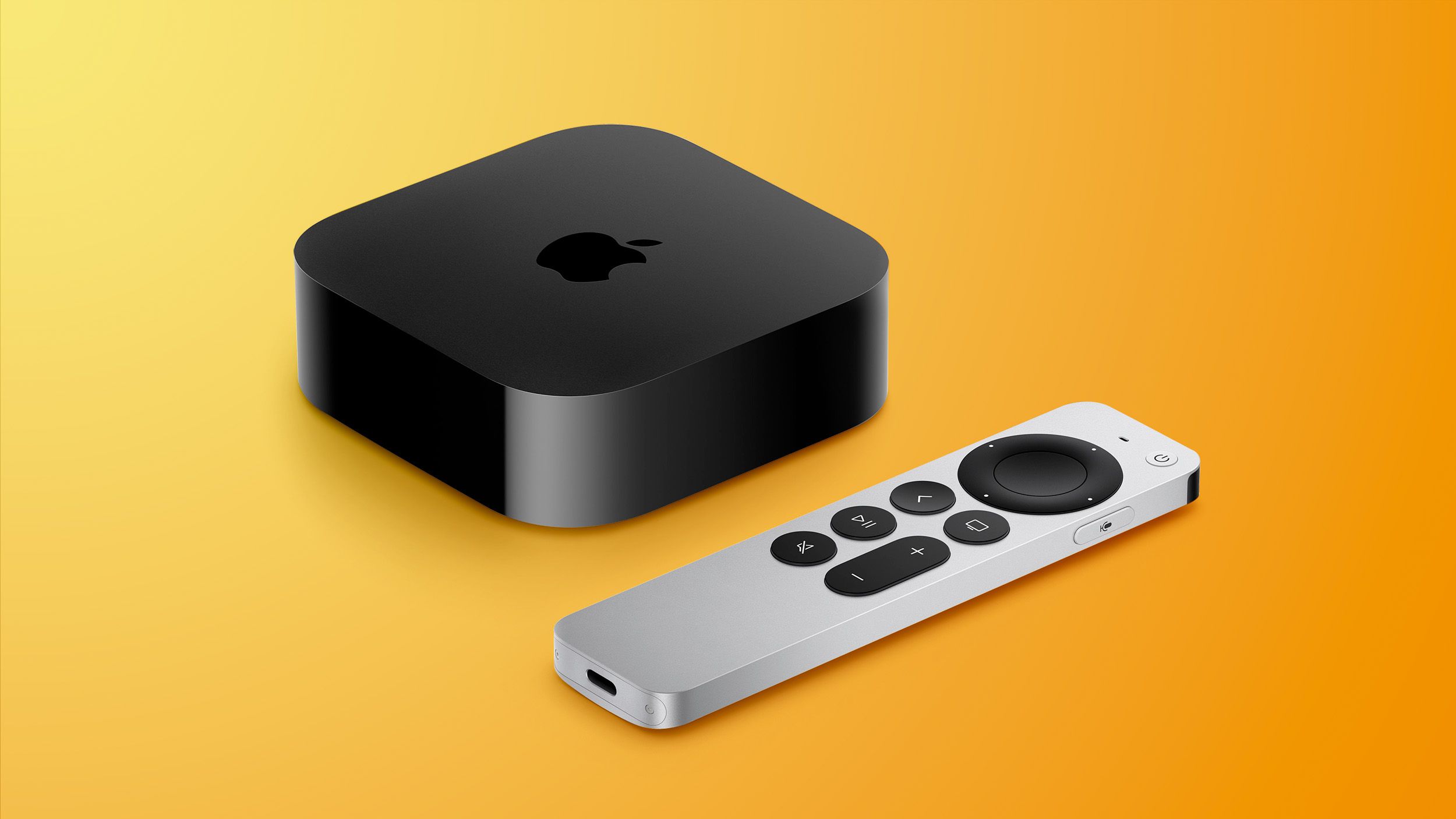
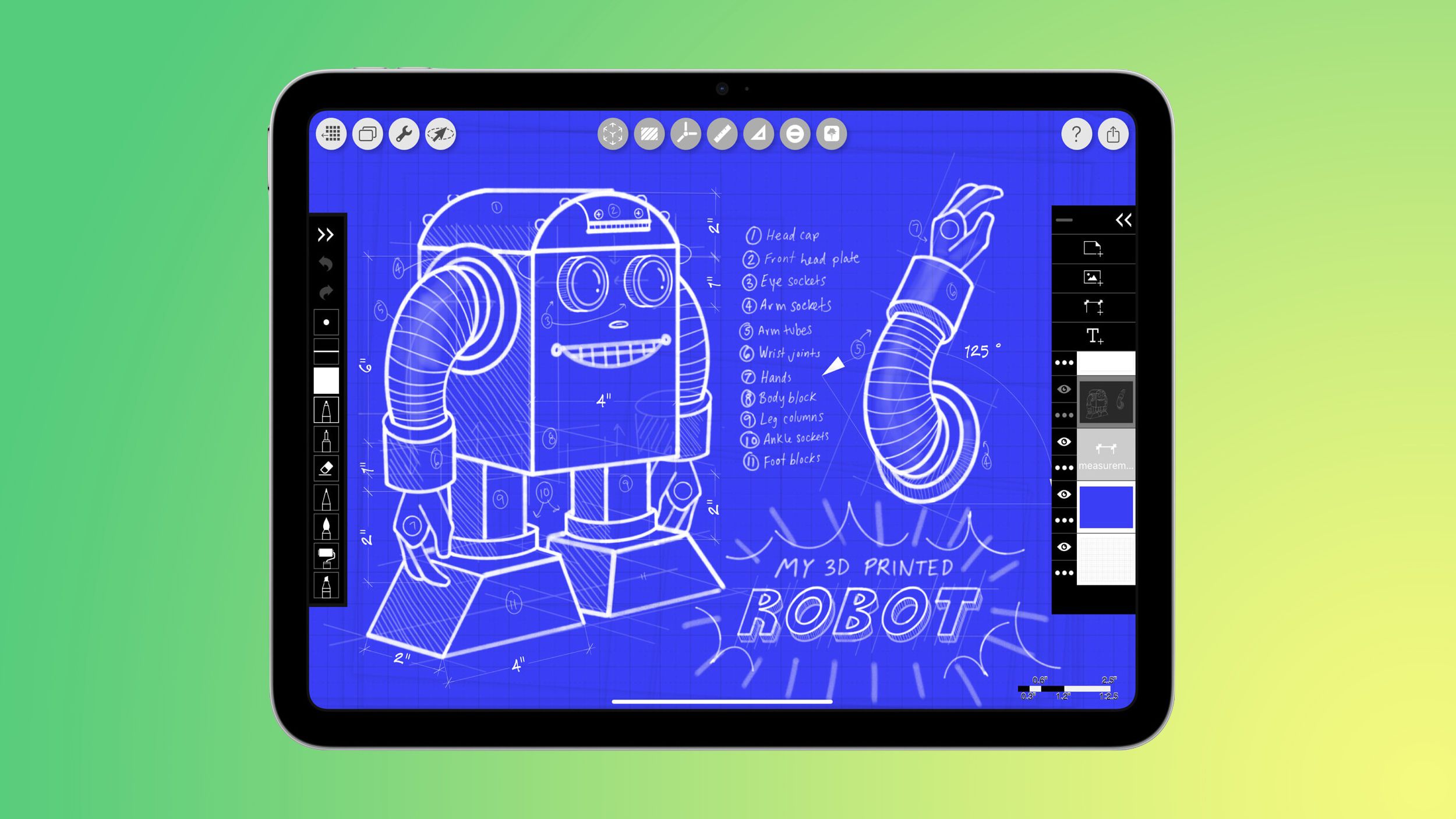
















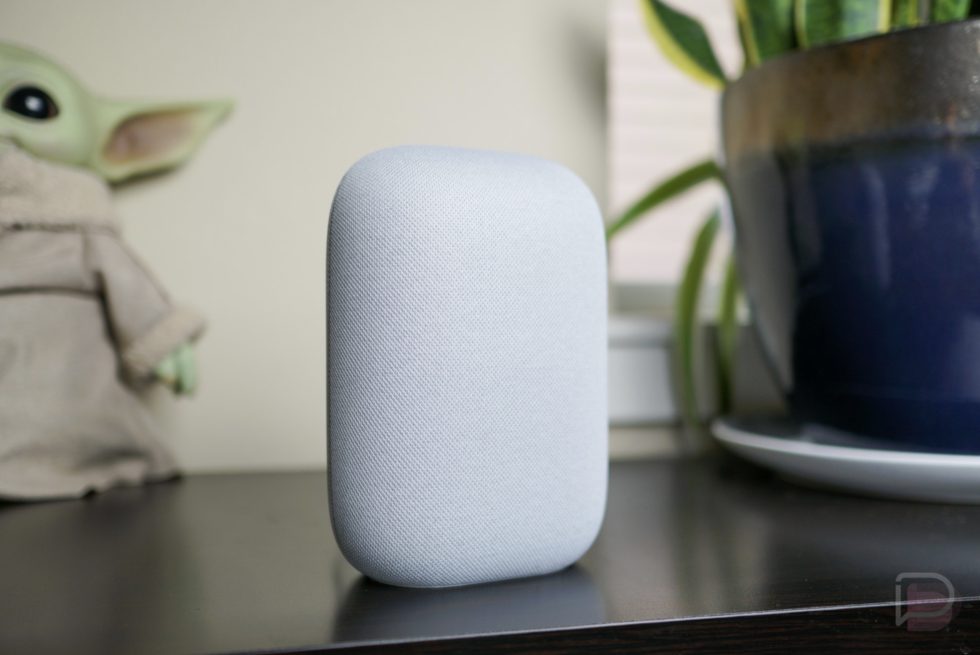


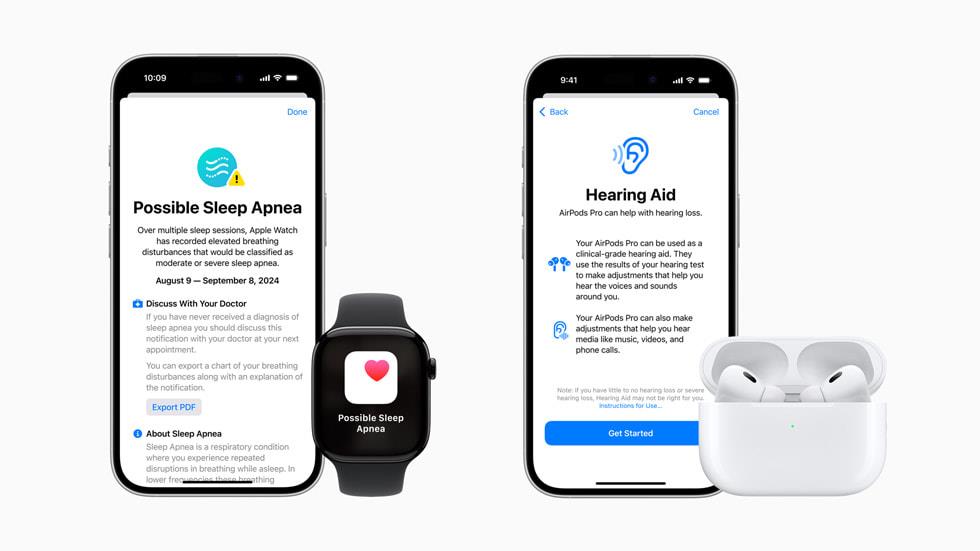
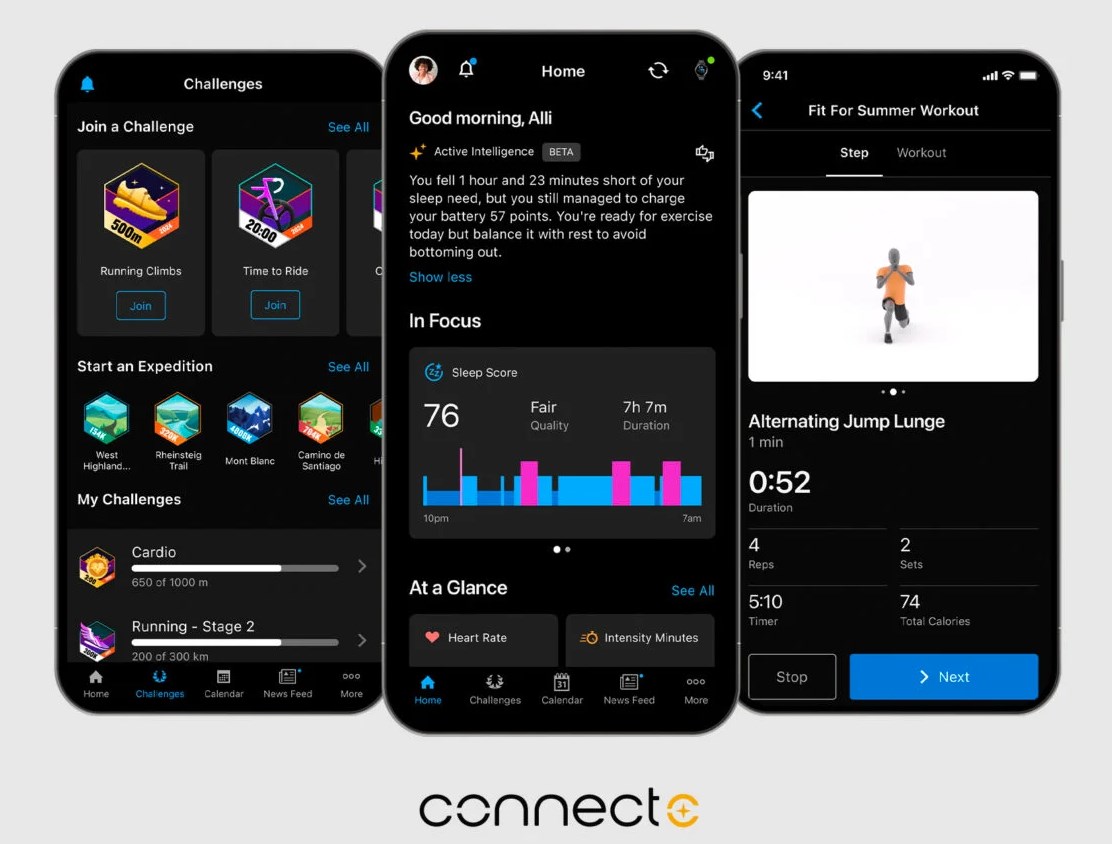
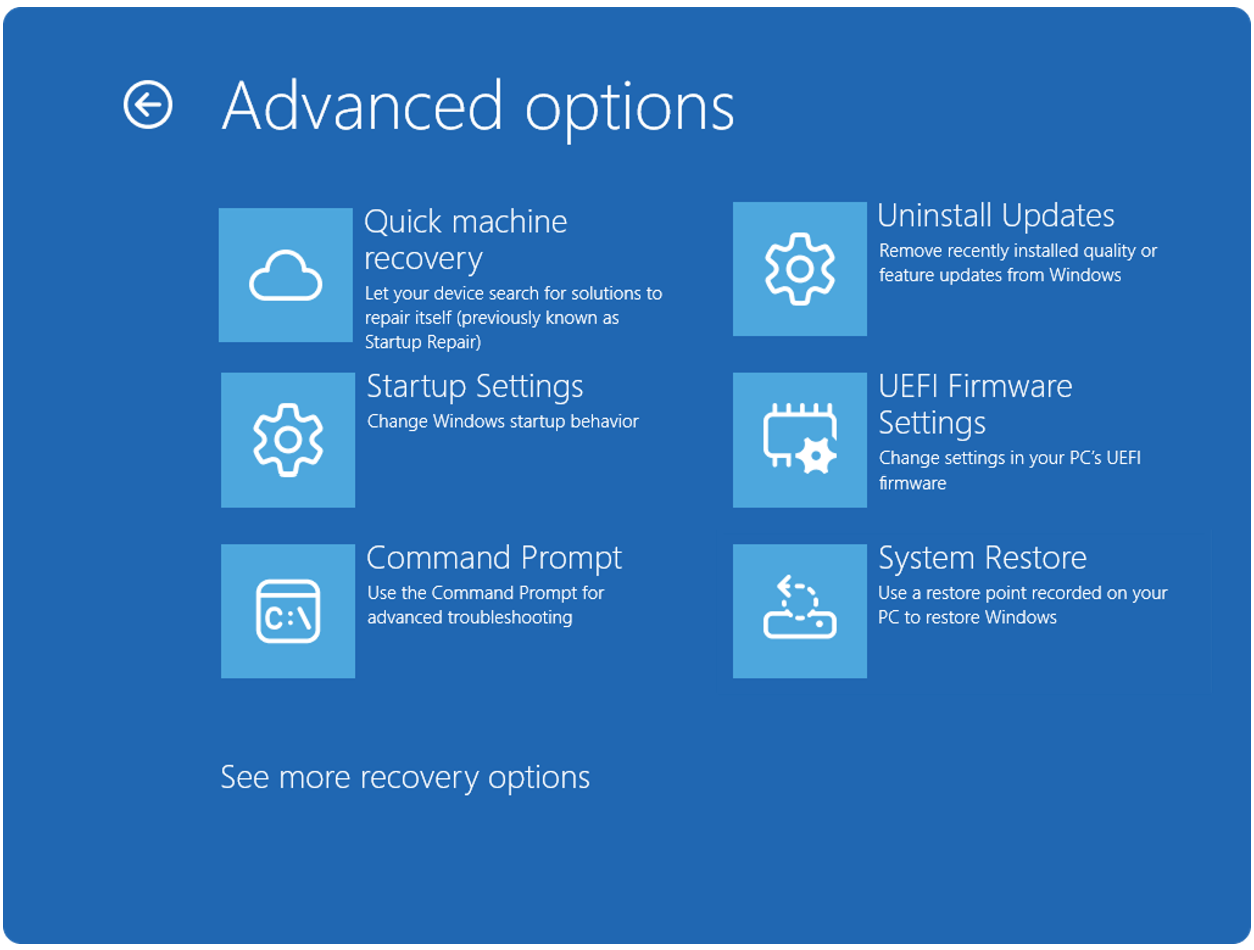

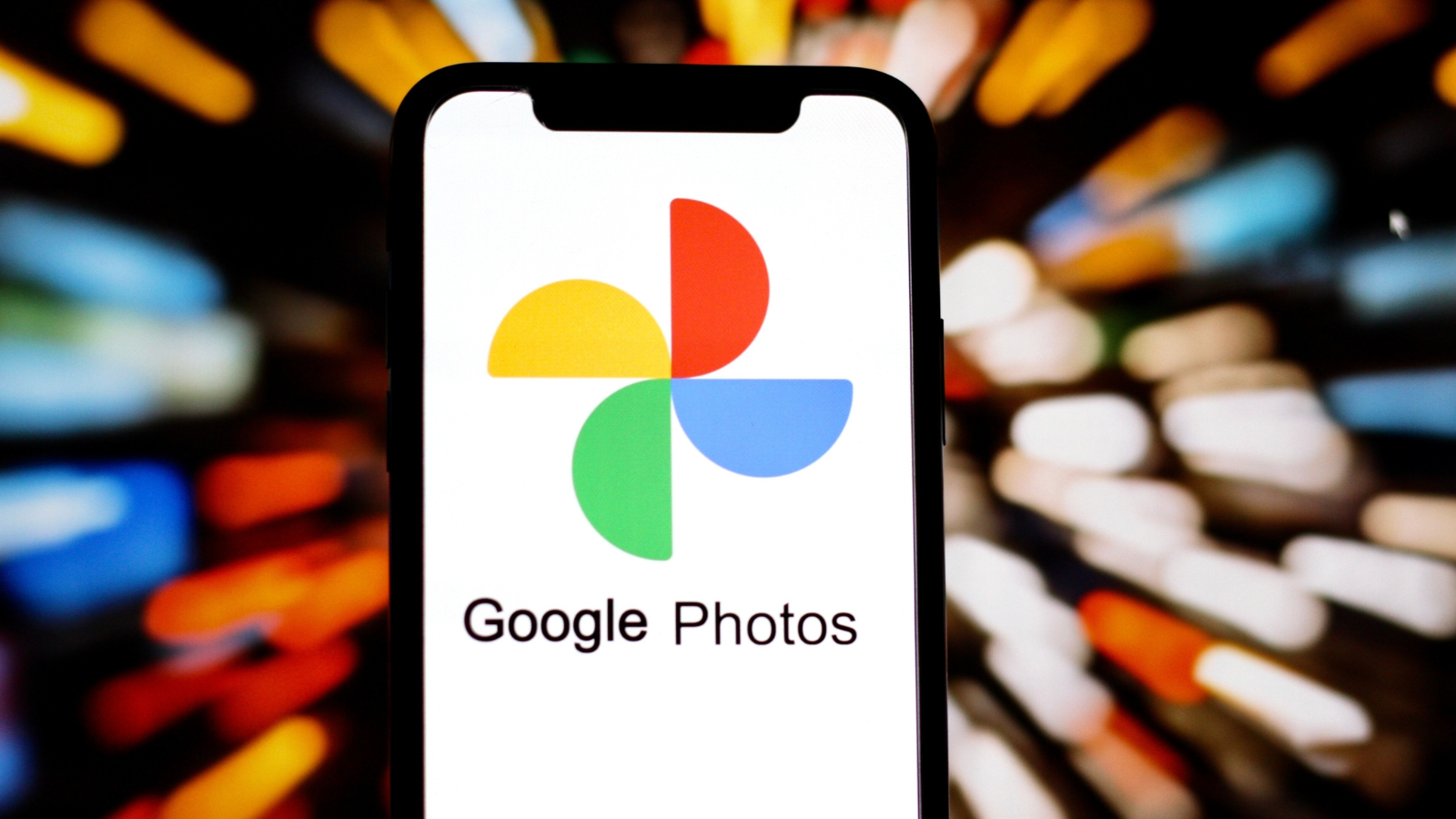


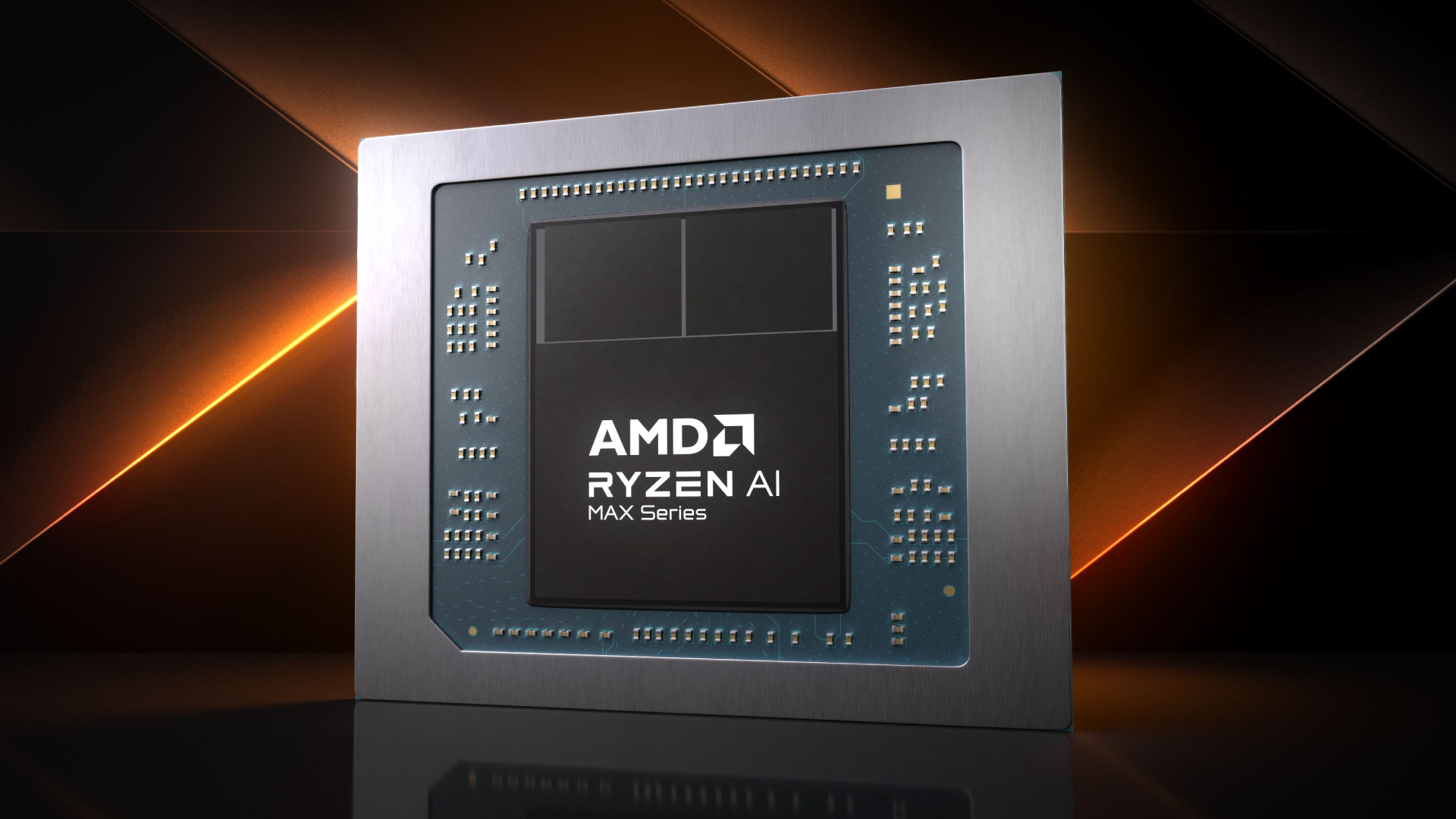















![Apple's M5 iPad Pro Enters Advanced Testing for 2025 Launch [Gurman]](https://www.iclarified.com/images/news/96865/96865/96865-640.jpg)



















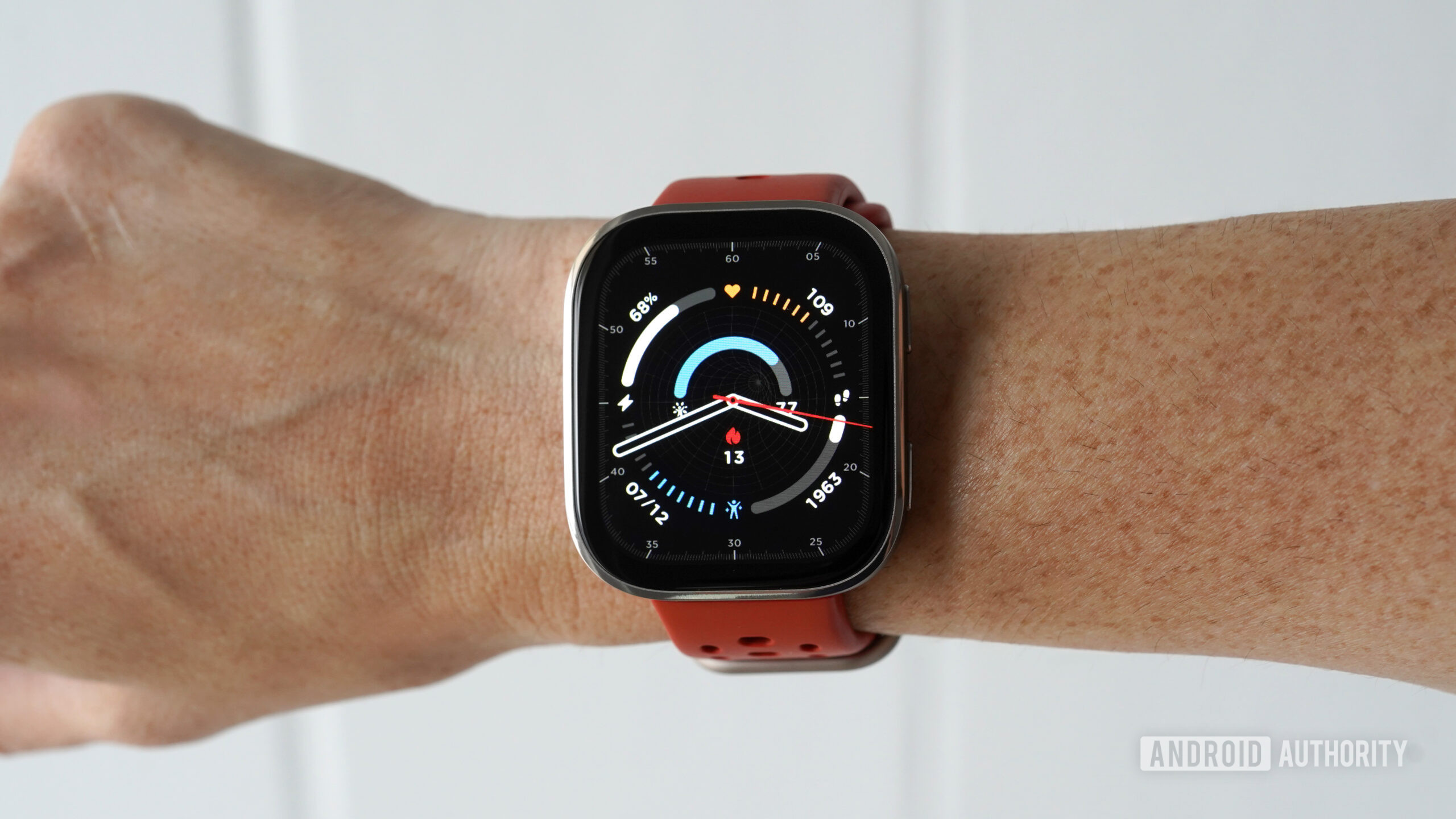
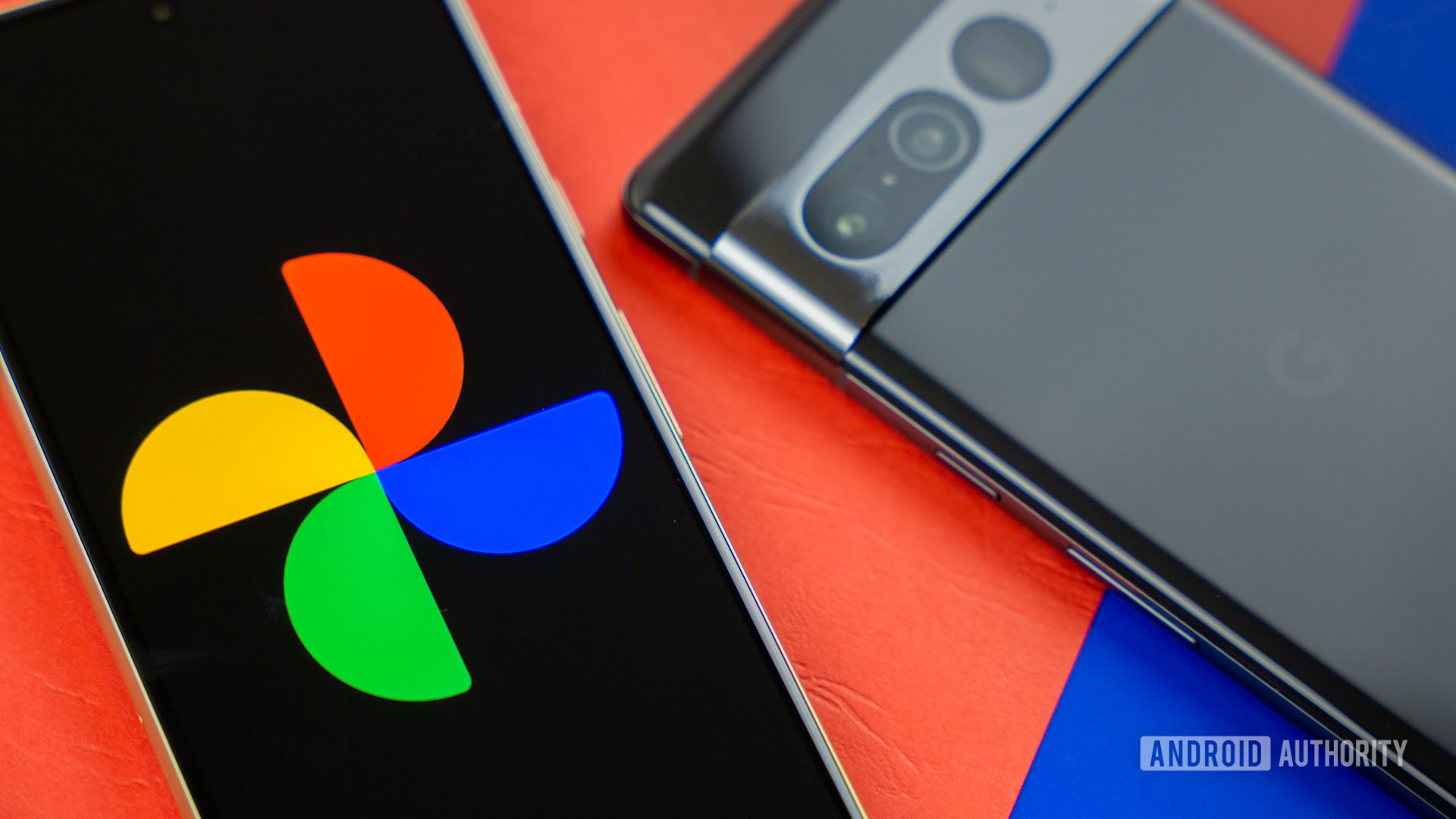






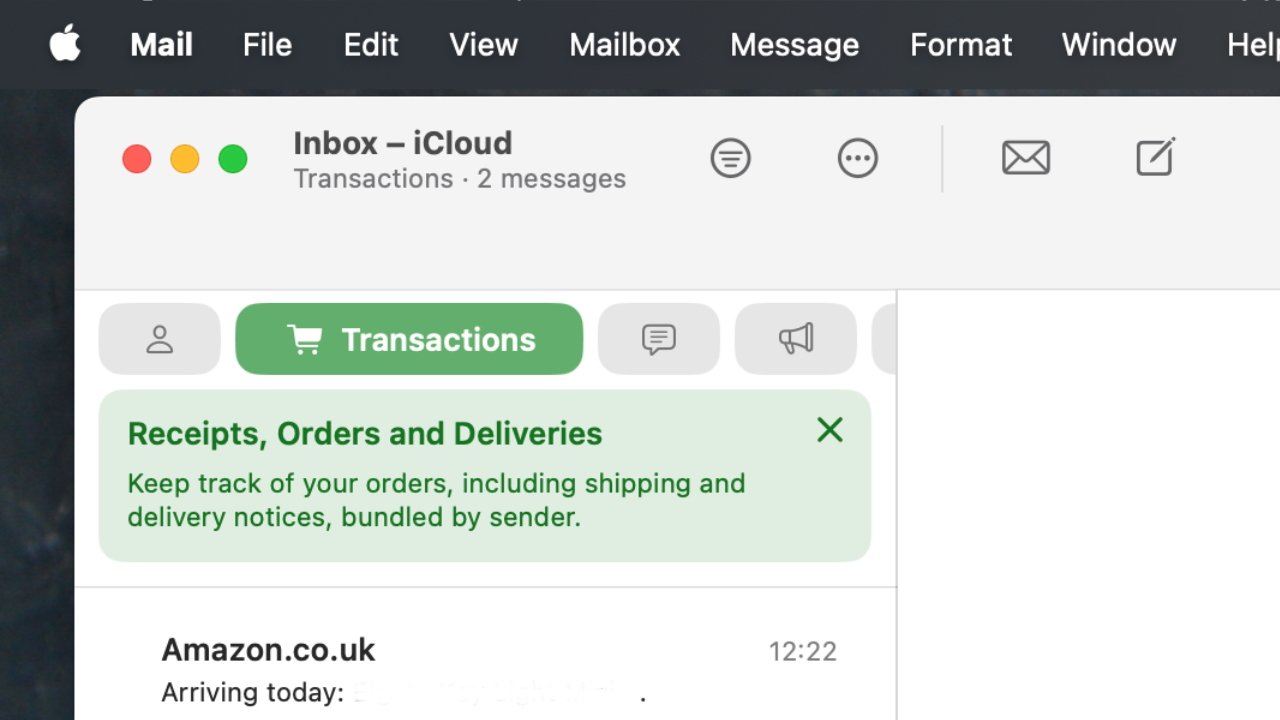



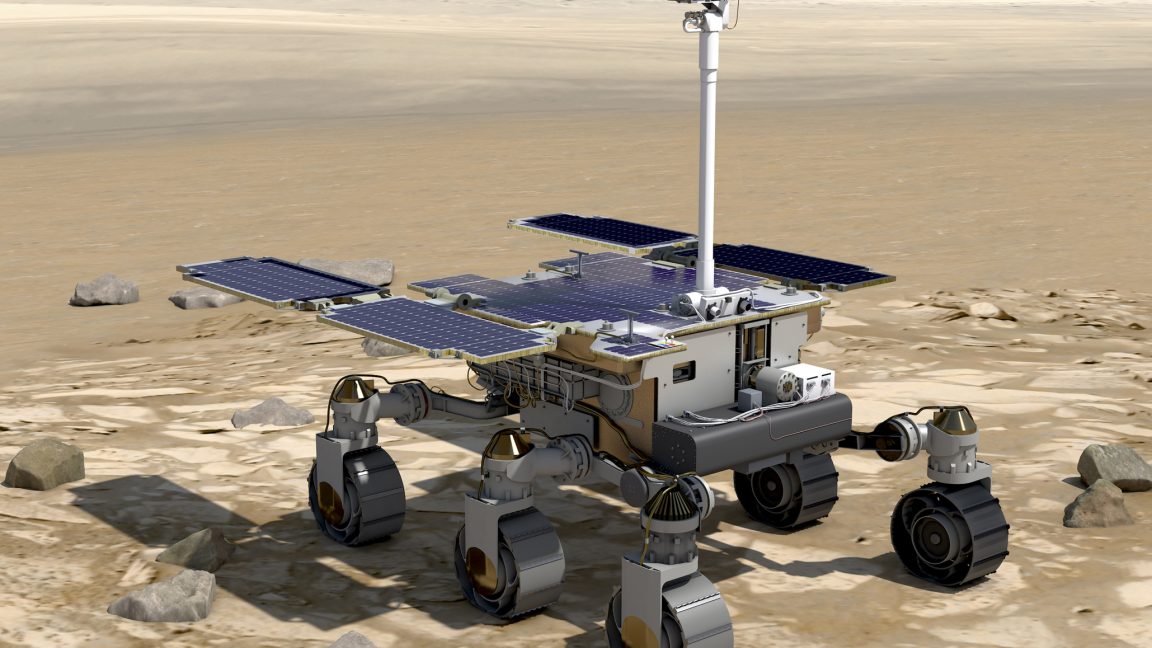
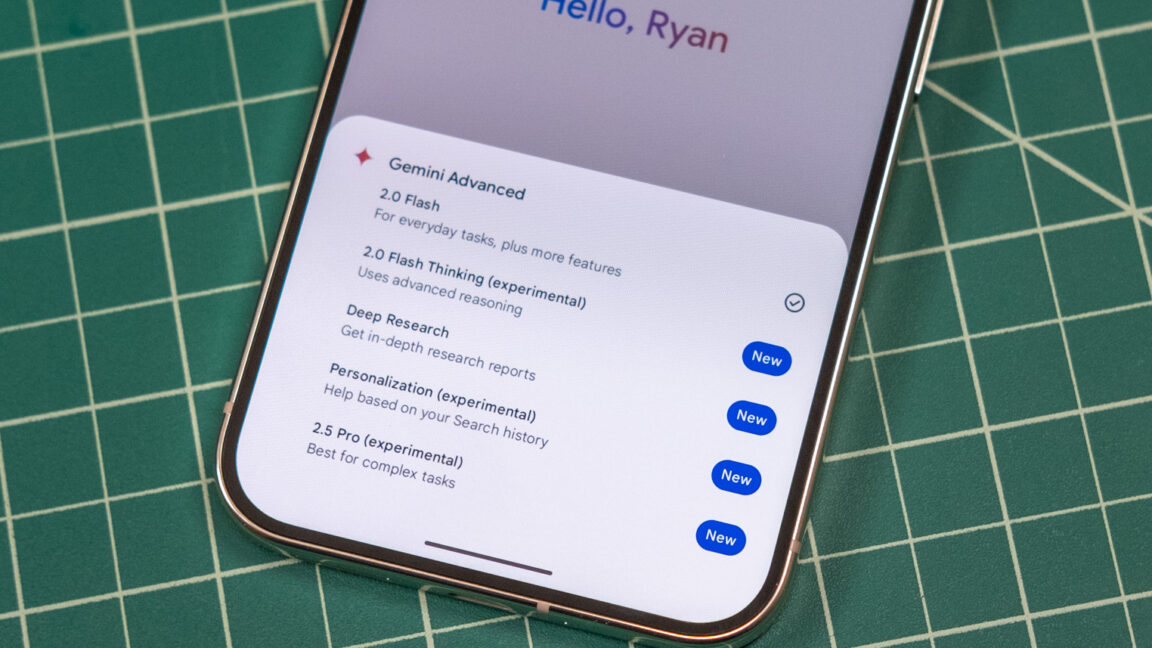








































































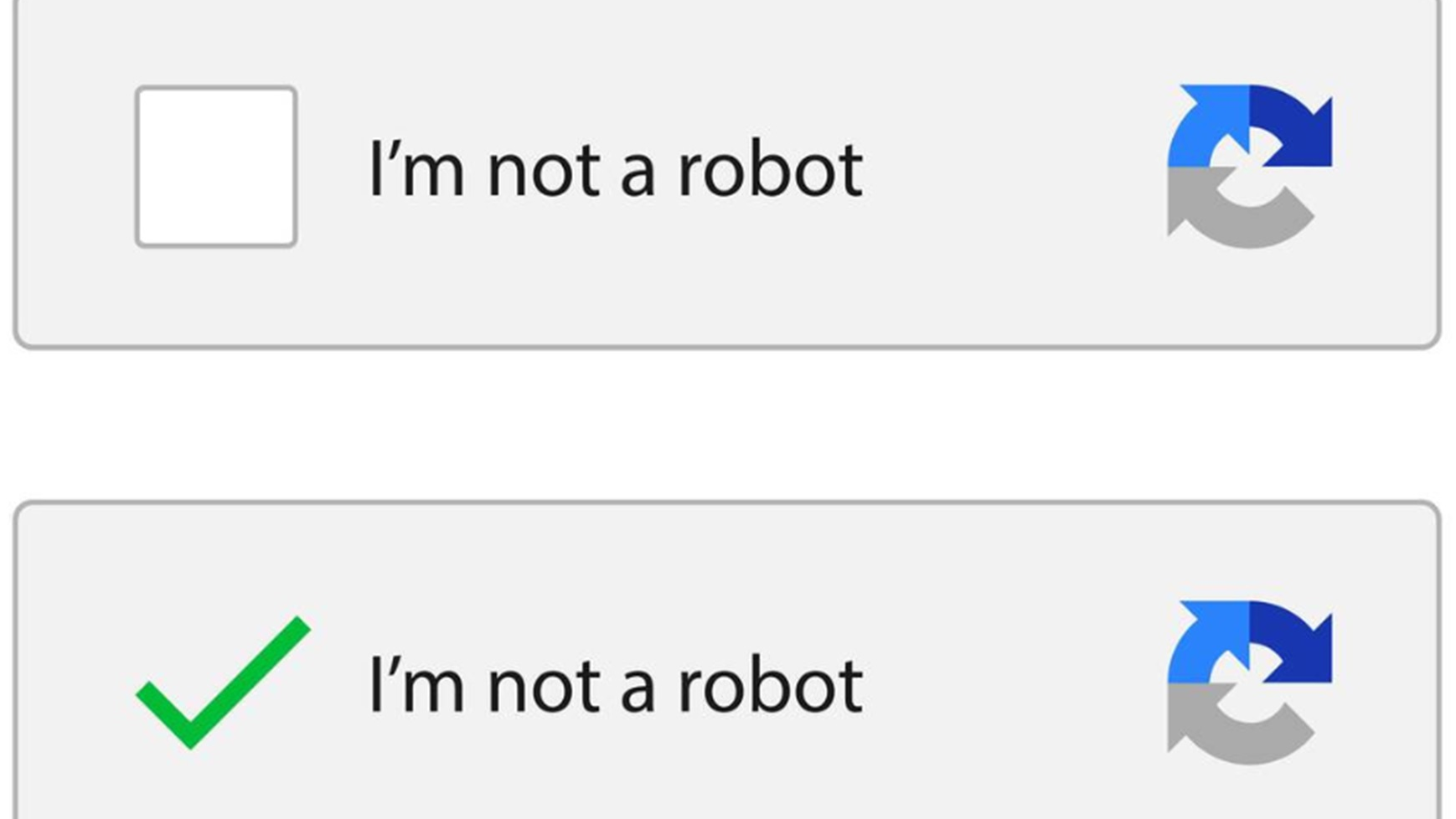
_Borka_Kiss_Alamy.jpg?#)








































































![[The AI Show Episode 141]: Road to AGI (and Beyond) #1 — The AI Timeline is Accelerating](https://www.marketingaiinstitute.com/hubfs/ep%20141.1.png)
![[The AI Show Episode 140]: New AGI Warnings, OpenAI Suggests Government Policy, Sam Altman Teases Creative Writing Model, Claude Web Search & Apple’s AI Woes](https://www.marketingaiinstitute.com/hubfs/ep%20140%20cover.png)
![[The AI Show Episode 139]: The Government Knows AGI Is Coming, Superintelligence Strategy, OpenAI’s $20,000 Per Month Agents & Top 100 Gen AI Apps](https://www.marketingaiinstitute.com/hubfs/ep%20139%20cover-2.png)






























































































































![From broke musician to working dev. How college drop-out Ryan Furrer taught himself to code [Podcast #166]](https://cdn.hashnode.com/res/hashnode/image/upload/v1743189826063/2080cde4-6fc0-46fb-b98d-b3d59841e8c4.png?#)
















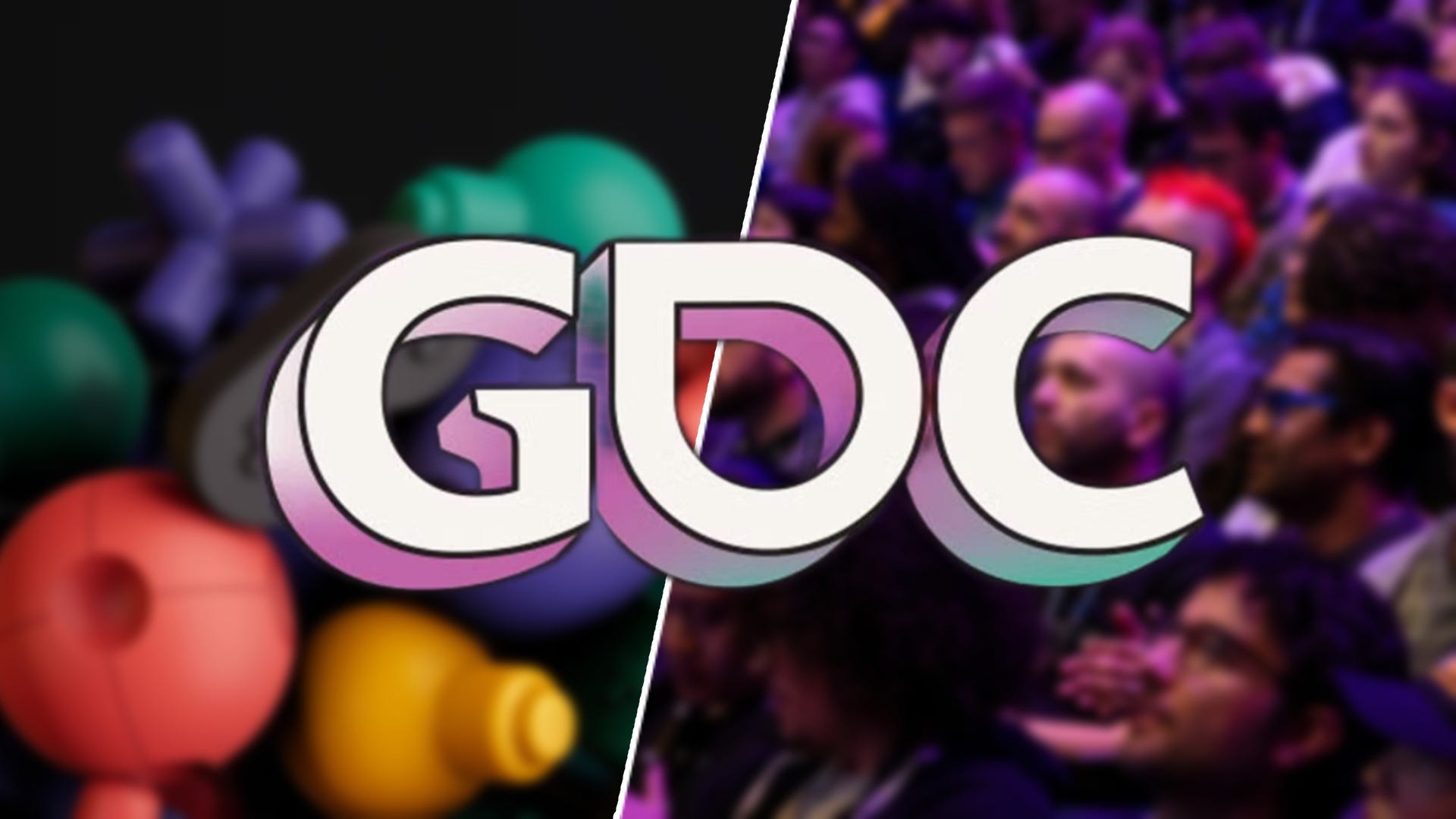











.jpg?width=1920&height=1920&fit=bounds&quality=80&format=jpg&auto=webp#)


OSAMU-NAKAMURA.jpg?width=1920&height=1920&fit=bounds&quality=80&format=jpg&auto=webp#)






.png?#)








































